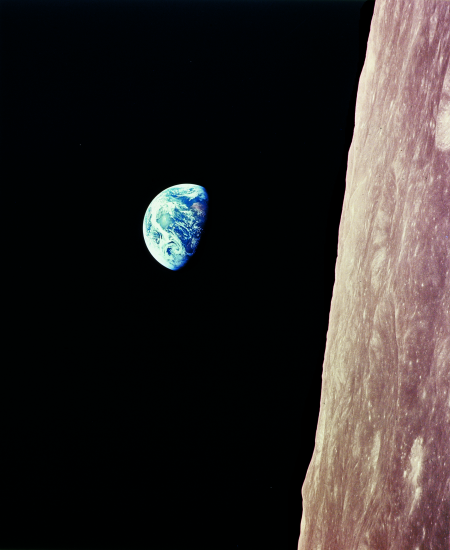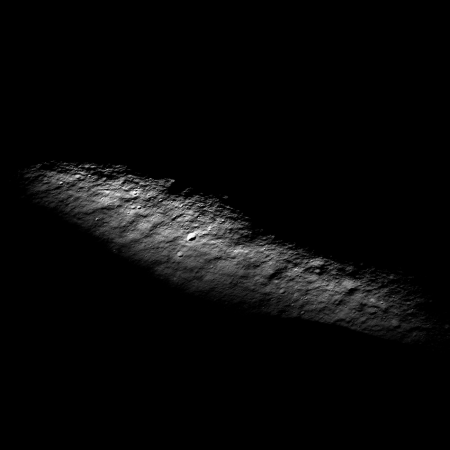First manned Artemis Moon mission might not go to south pole
In order to meet the Trump administration’s 2024 deadline for the first Artemis manned lunar landing, NASA is now considering sending that first mission to an equatorial target, rather than the Moon’s south pole.
The Artemis program landing site issue came up at two separate events with agency leaders this week, beginning with NASA Administrator Jim Bridenstine’s comments to open a digital meeting held by a NASA advisory group called the Lunar Exploration Analysis Group, on Monday (Sept. 14).
“For the first mission, Artemis 3, our objective is to get to the south pole,” Bridenstine said. “But … it would not surprise me if, for example, if we made a determination that the south pole might be out of reach for Artemis 3, which I’m not saying it is or isn’t,” interest in the Apollo sites may win out.
The engineering to get to the polar regions is more challenging, so rather than delay that first mission they are considering simplifying it instead.
The fact remains that Congress has still not funded any Artemis missions beyond the first unmanned and first manned flights, neither of which will land on the Moon. Whether that money will ever be forthcoming really depends entirely on the November election, as well as the success or failure of the upcoming full-up static fire engine test of the SLS first stage.
In order to meet the Trump administration’s 2024 deadline for the first Artemis manned lunar landing, NASA is now considering sending that first mission to an equatorial target, rather than the Moon’s south pole.
The Artemis program landing site issue came up at two separate events with agency leaders this week, beginning with NASA Administrator Jim Bridenstine’s comments to open a digital meeting held by a NASA advisory group called the Lunar Exploration Analysis Group, on Monday (Sept. 14).
“For the first mission, Artemis 3, our objective is to get to the south pole,” Bridenstine said. “But … it would not surprise me if, for example, if we made a determination that the south pole might be out of reach for Artemis 3, which I’m not saying it is or isn’t,” interest in the Apollo sites may win out.
The engineering to get to the polar regions is more challenging, so rather than delay that first mission they are considering simplifying it instead.
The fact remains that Congress has still not funded any Artemis missions beyond the first unmanned and first manned flights, neither of which will land on the Moon. Whether that money will ever be forthcoming really depends entirely on the November election, as well as the success or failure of the upcoming full-up static fire engine test of the SLS first stage.







